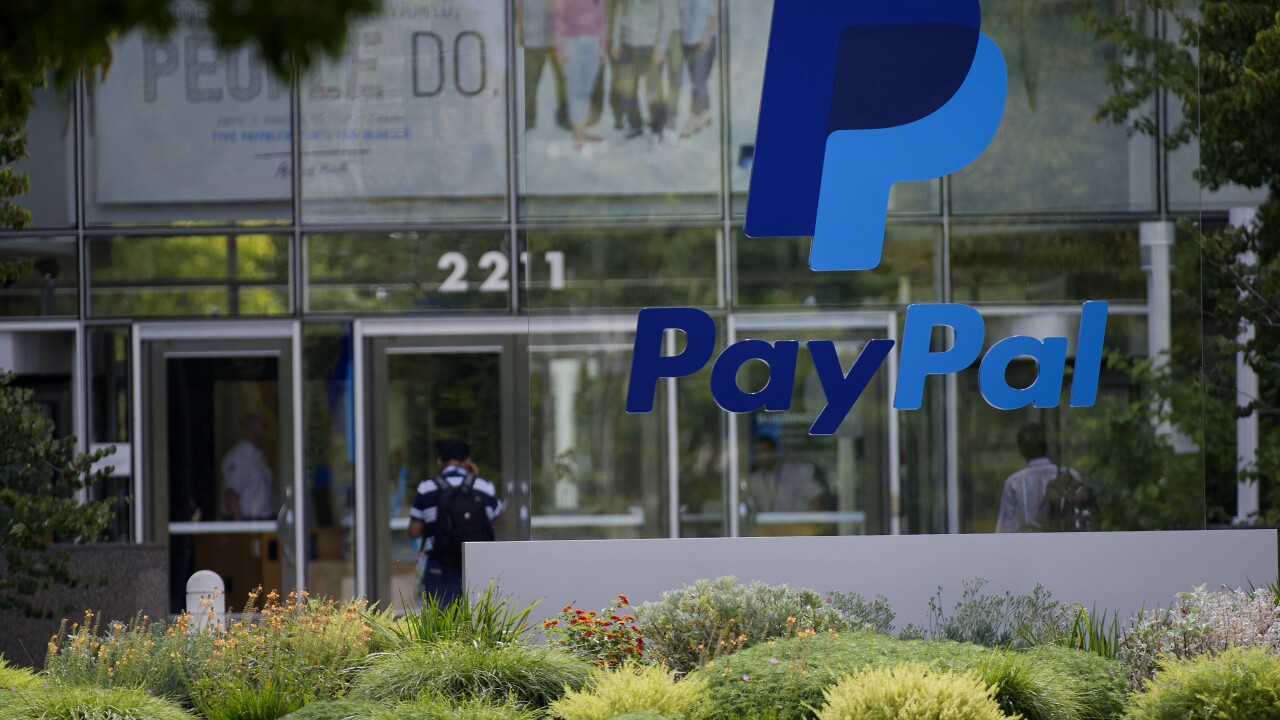U.S. households increased their borrowing in the final three months of 2016 at the fastest pace in three years, according to the Federal Reserve Bank of New York.
Consumer debt rose by $226 billion, or 1.8 percent, in the fourth quarter, led by a $130 billion increase in mortgage loan balances and a $32 billion increase in credit-card borrowings, the New York Fed said Thursday. The rise brought total consumer debt to $12.58 trillion, just shy of the $12.68 trillion peak in the third quarter of 2008.
New mortgages originated totaled $617 billion, marking the biggest three months for volumes since the third quarter of 2007.
“Debt held by Americans is approaching its previous peak, yet its composition today is vastly different as the growth in balances has been driven by non-housing debt,” Wilbert van der Klaauw, a senior vice president at the New York Fed, said in a press release.
Student loan balances rose to a new record high of $1.31 trillion, and auto loan debt also increased to a record $1.16 trillion in the 18-year history of this data series.





